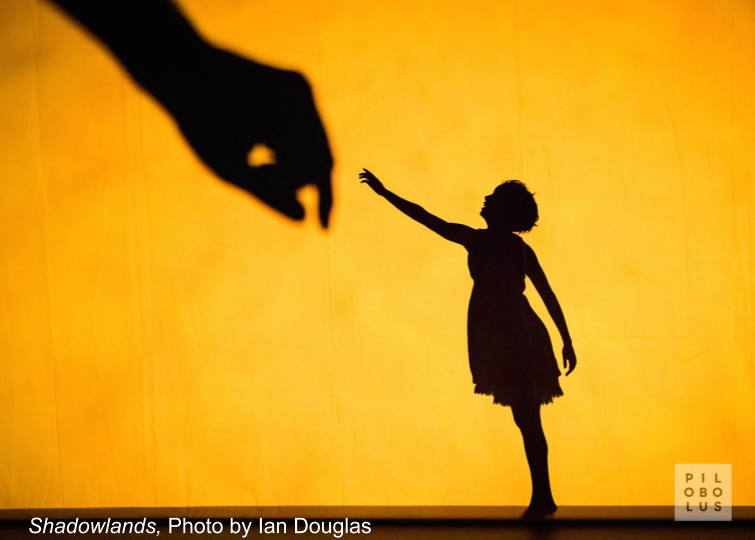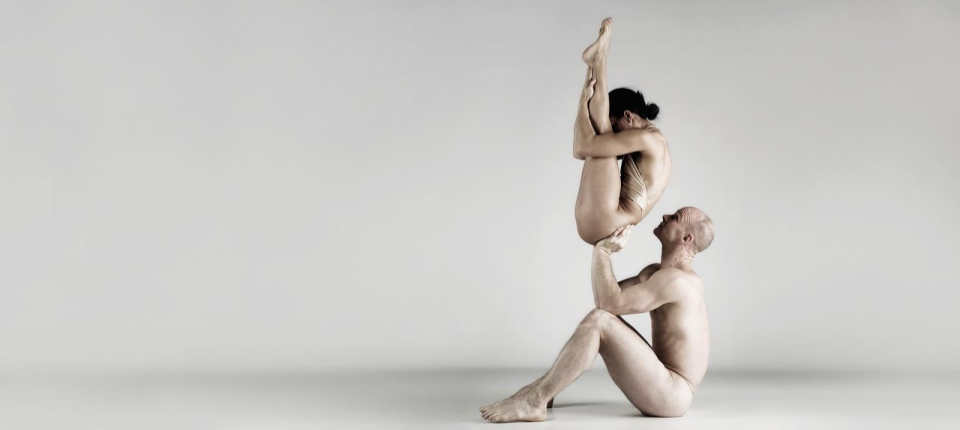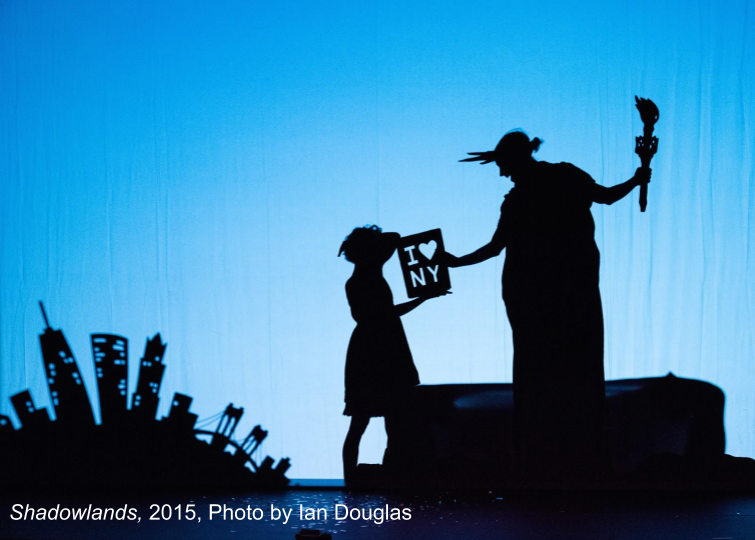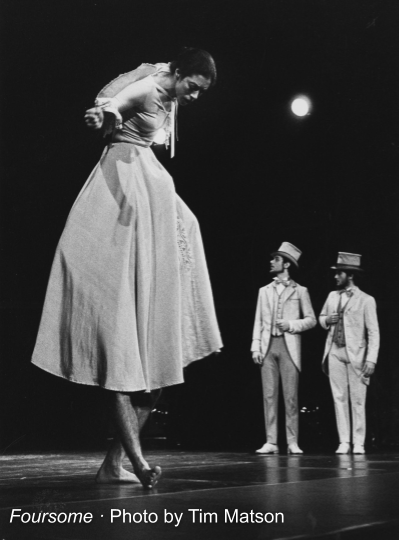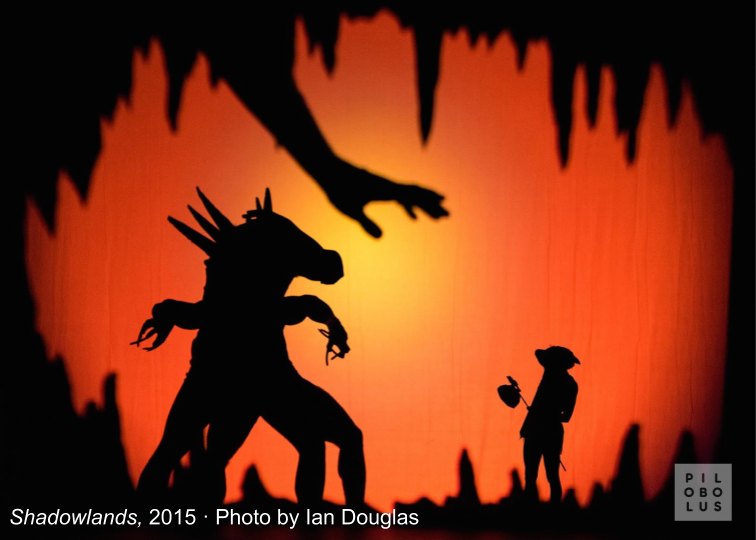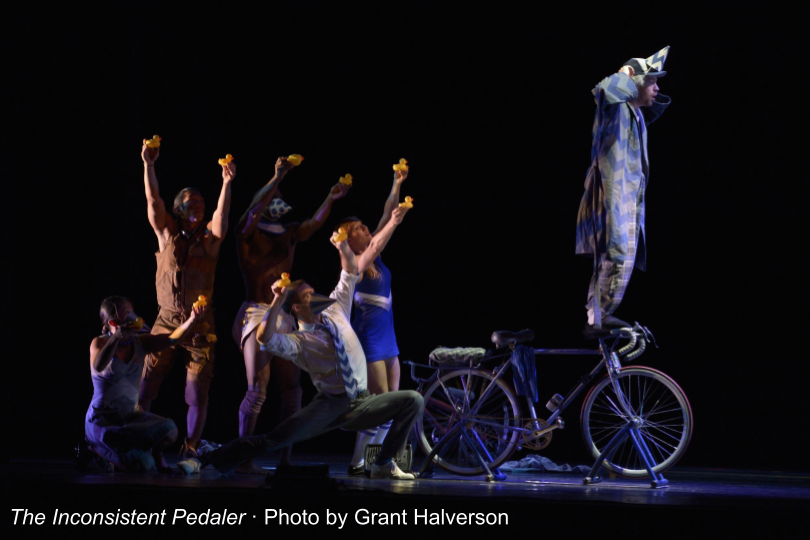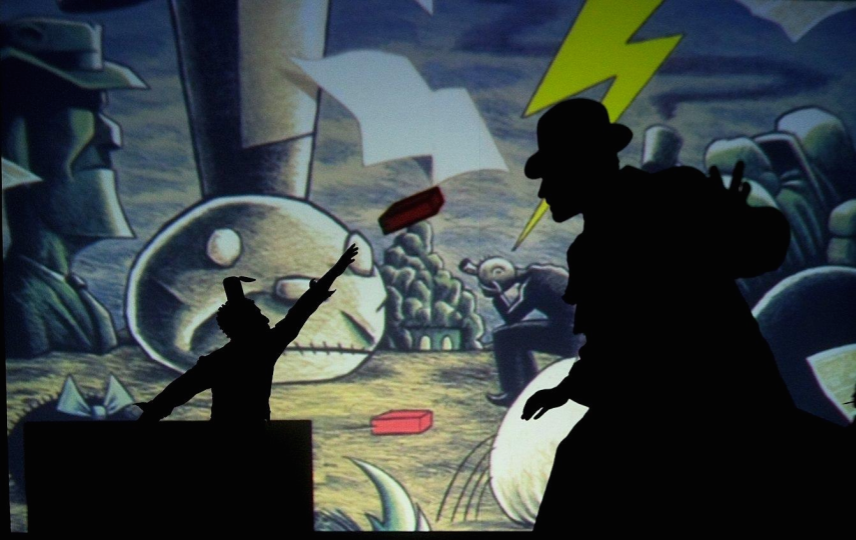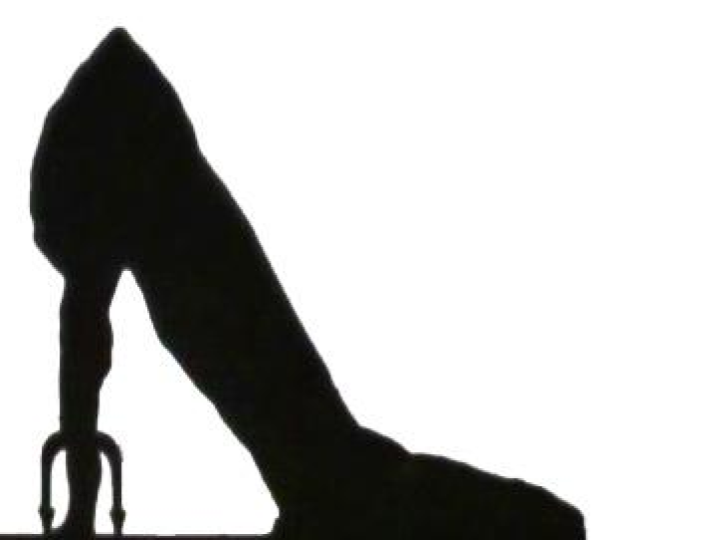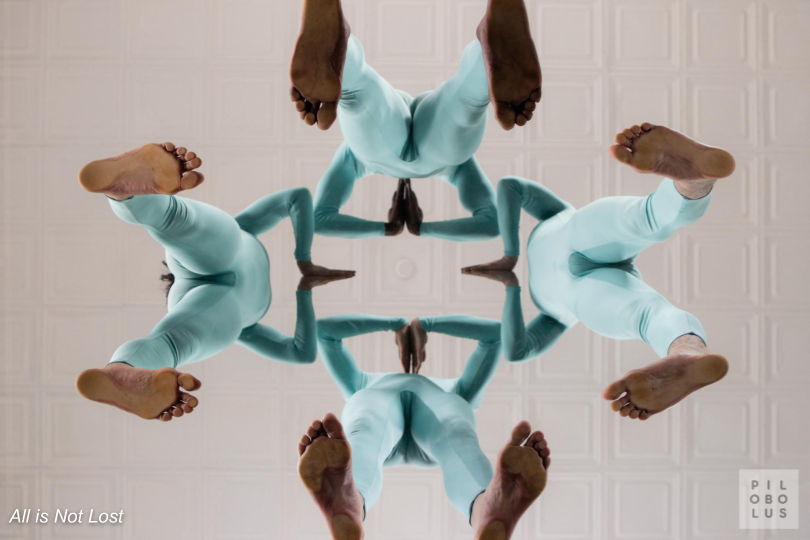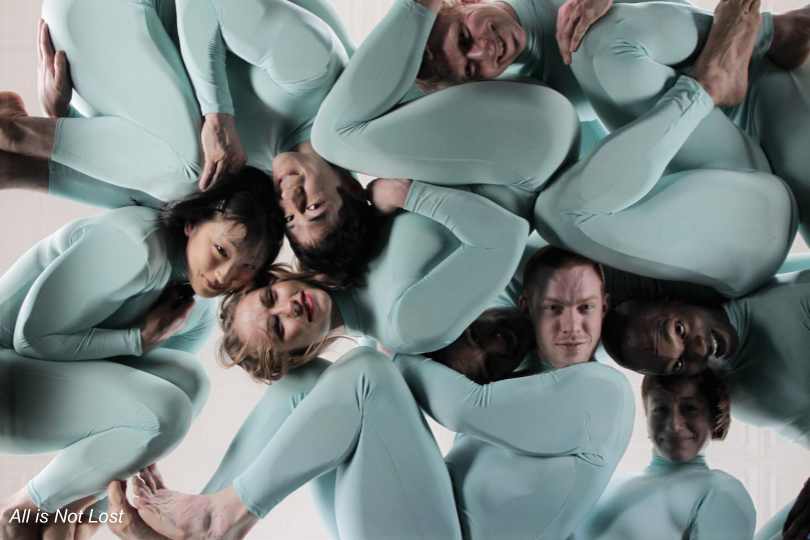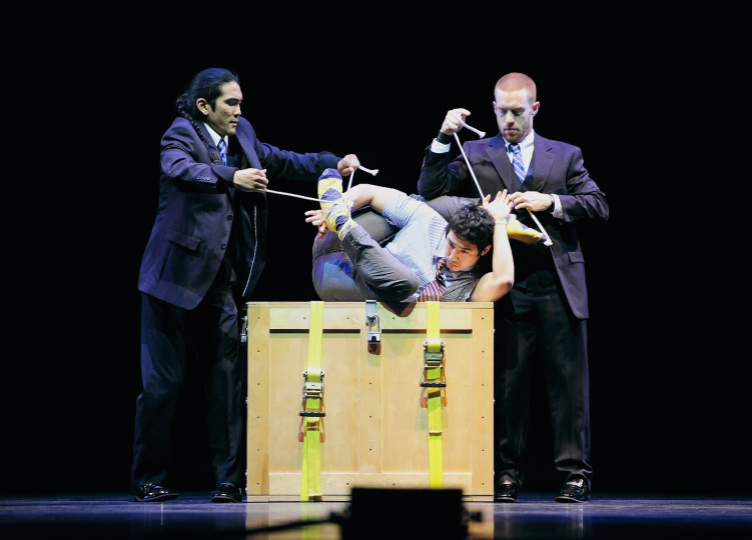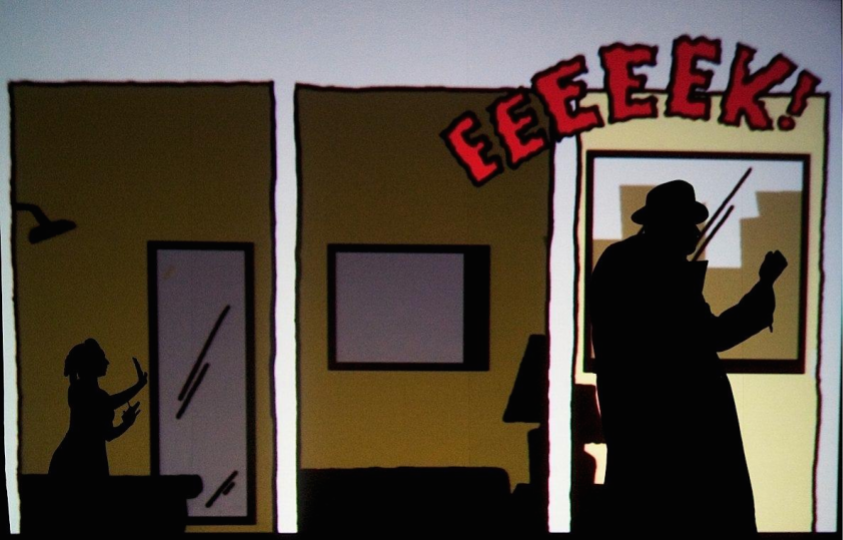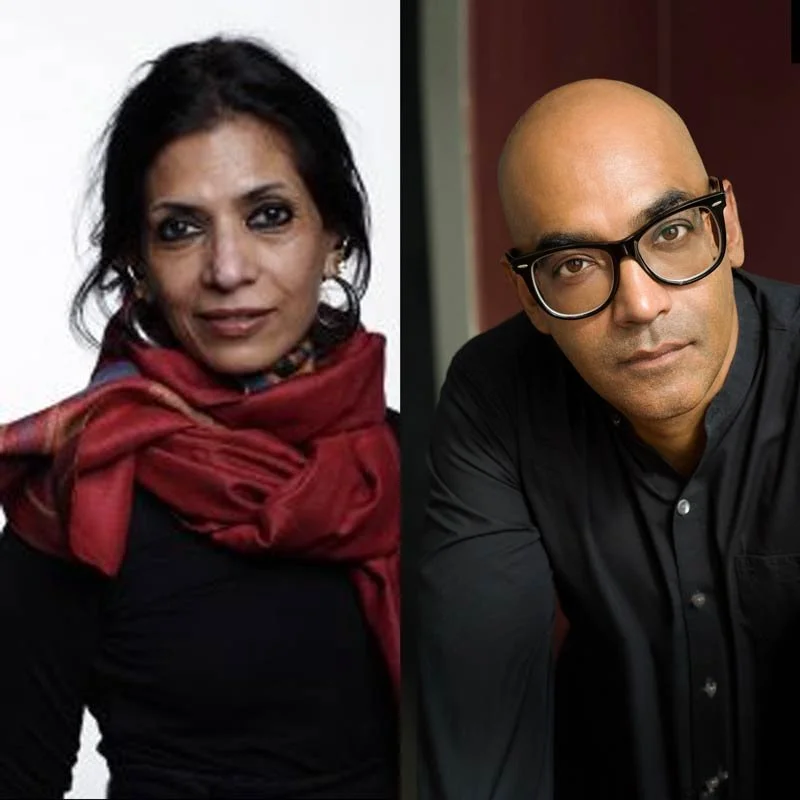Since 1971, Pilobolus Dance Company has toured more than 65 countries, performing to over a quarter of a million people each year. Pilobolus has appeared on Oprah, the Academy Awards, The Late Show with Stephen Colbert, NBC’s TODAY Show, Late Night with Conan O’Brien, MTV’s Video Music Awards. Their honors include a TED Fellowship, a Grammy® Award Nomination, a Primetime Emmy® Award, and several Cannes Lion Awards. Pilobolus has collaborated with more than 75 brands and organizations to create bespoke performances for television, film, and live events.
MATT KENT
Co-Artistic Director
I guess the part that's our thing is the method or process that Renée Jaworski was describing. The constraint, the framework that we try to put on what we're doing includes that, for this time, let's not map everything out first and try and realize the vision that one person has but to put people together, as Renée was saying, and have something else emerge that's a product of everybody that's involved. Penn Jillette, who we were honored to work with, the way he put it is, "You're not a collective, you're not looking the same, talking the same, you don't use the same terms for movement. All the dancers look different, and they think differently as well.
RENÉE JAWORSKI
Co-Artistic Director
That's really important to us. The diversity of thought and diversity of output and problem-solving approaches is important to us because you never know where that problem is going to get solved from. You never know where the good ideas can come from, and usually, it is not from one person's head. It's about conversations, it results from a conversation that is happening. You learn something from each other... And the more diversity you have in the room, diversity of thought and approaches, the more possibilities there are to develop something that nobody has seen before. You know somebody in an audience a couple of months ago said, "Can I just ask you, how come every time I come to see Pilobolus it feels like I'm seeing family? And I think it has to do with that. Something feels familiar. You're looking at it and you go like, "Yeah, I get this!" but it also feels new.
THE CREATIVE PROCESS
Another interesting aspect of Pilobolus is the acceptance of different body shapes and personalities…you’re respectful of their bodies not trying to fit them all into the same mould.
RENÉE JAWORSKI
I believe that the longevity of our dancers is a little bit longer. Just a little bit longer, because when we're making new work, we cull movement from our dancers. So, if you don't have a super bendy back, we're not going to use anything that you would need to do a super bendy backbend in because that would hurt you.
We're not going to force somebody's hips to turn out if they don't turn out. We're not going to ask them to touch their toe to their head backwards or do anything that isn't natural to their bodies because they won't be able to feel it. Then it becomes about the shape and not about the experience. That's not to say that we don't have other choreography that we're asking the dancers to learn.
Classics and things like that that you're going to be...and it's not to say that there aren't overuse injuries as well, because there is a lot of lifting. Our injuries are usually different than your typical dancer's injuries. They're usually shoulder injuries, back injuries, neck injuries. Knee injuries are very common all over no matter what you're doing because the knee is the most fallible joint in your body. It's like the worst thing. I don't know why we were put together like that. It is also that once you're in this family, once you start working with us and dancing with us–even if you don't tour full time, which can be grueling on your psyche as well as your body–it's not what you do on stage that is grueling. It's the travel, the sitting on planes, the being away from your family–like all of that can get waring.
THE CREATIVE PROCESS
Now, I do want to talk about a few things, like the performances we saw. It wasn't too long ago at The Joyce Theater so it's a few specific pieces, but I don't want to forget to speak about it, because you've collaborated with some, you mentioned Penn and Teller, Art Spiegelman, Maurice Sendak. Please speak about some of those because you're also growing through those collaborations. They're artists in other mediums. Please mention others, I know I only mentioned a few.
Well, the ones that you mentioned are kind of interesting because they spanned decades, first of all, and they span skill sets. So Penn and Teller, magicians, Maurice Sendak, a writer/illustrator. Art Spiegelman, a graphic novelist and brilliant mind who was able to and is able to playfully impart heart-wrenching stories into people's brains, you know? That one was interesting because he, Art, deals with the still figure, and they don't move on him. So when he got into our room, and we were just moving all the time, he said, "Can't you make those dancers just be still?" And let me tell you, I was so happy to hear him say that because we asked for the dancers to use stillness. As you know, it can be a very powerful thing, stillness, in comparison to movement.
And, so to hear that and then to watch the dancers understand the power of that stillness and when to use it most powerfully, and watching that journey, and they came out the other side, not only teaching him the power of movement, but learning from it.
MATT KENT
If two choreographers collaborate, that can be very rewarding for the choreographers who might have really different approaches. Their styles can look really different, but to 90 percent of the world, they look like just dance. They look the same. But when you work with someone who's really outside of your genre, then they're coming at it from such a different place that it's, I think, more likely for us as directors to take a different kind of approach or be asked a question that we thought was just a given. And we get to challenge those givens in their world.
RENÉE JAWORSKI
Yeah, the MIT Robotics was interesting because they're dealing with swarms and how to move robots and make computers think together.
MATT KENT
What are the algorithms for...?
THE CREATIVE PROCESS
You're also involved with, not with algorithms, but making dancers think together.
RENÉE JAWORSKI
Exactly. So, it tied together, but from such a different starting point. The problem that we were trying to solve and that we continue to try to solve are pretty much the same. How do you get people to think...how do you get things and people to think?
THE CREATIVE PROCESS
So we were talking about...I would like to go a little bit into your process. You said you're doing it kind of in the group as you're doing choreography, but do you, personally–I know some people do sketches or something and there's an alone time. How does that work for you? Or maybe for Matt it's different? I don't know?
RENÉE JAWORSKI
We work together. I think our process is very similar to each other, and it all has to do with us talking a lot to people, to each other, to other people, to people even outside the organization about what we could possibly make? What the structure might be? How can we make that structure more interesting? How can we do something that we've never done before with the structure? How can we tell a story that we haven't told before? How can we use music that is a little bit more surprising? How can we just do something that's different?
THE CREATIVE PROCESS
We've talked about you collaborating with these, you know, geniuses in different disciplines. We should also talk with some of the other musicians, but then on another level, you have these student workshops or adult workshops, where you bring people who have no experience of dance.
RENÉE JAWORSKI
Yeah, our Umbrella Projects are like a perfect example of that, where we invite people into this experience where they don't have any movement experience, and we're asking them to make something. Our workshops, you know, I wish Emily was here. She was just here. She could speak so eloquently about this.
THE CREATIVE PROCESS
Is she there?
MATT KENT
She's right there.
RENÉE JAWORSKI
Maybe she'll come over. She's our Education and Community Outreach Manager. Teaching and workshopping our summer workshops are all extremely important, and part of the mission of what we do. All of us are extremely passionate about getting a group of people together, regardless of their movement experience, and having them move together and use language as a movement–I mean, movement as a language to express something. And we do, we have three summer workshops that we do each year on top of all the masterclasses and children's workshops and weekend workshops that we do.
Our summer workshops consist of three different weeks. We're just starting to talk, Emily just approached, and we're starting to talk about the workshops. I thought we'd call you over so that you could describe–I started talking about the summer workshops and the different weeks and what you're trying to do with each week.
EMILY KENT
Education and Community Outreach Manager
So to talk about Connecting with Balance, it's a program for anybody who wants to work on balance. We do it at senior centers and community centers, so it tends to be people 55 and up. It's on their mind a little bit more, but we try to work with not only by connecting with your body, which sometimes, if you don't have a practice like tai chi or yoga or something you've been doing, you might feel a little disconnected. So moving and warming up, but also working on that balance of standing.
Moving around while keeping balance and then also interacting with other people, because everything that we do is about life. How do you work together with somebody else? That might be going across the floor connected by hands. It might be supporting someone in a simple game of switching from side to side. Then also, like all of our classes, there's some kind of creation that happens, some interactiveness with your partner, even if it's about what kind of balance pose are we going to take and share with everybody and let everybody try. We also do classes for people who are different special needs, depending on the place that we go to. So there's an organization in Orlando we work with every year that's an after school program for kids with autism and other intellectual differences.
And we do programs specifically designed to work for the people that are there. We've worked with School for the Blind. We've worked with people with limited physical mobility. We try to really, just like we're making our pieces, we try to really create something for the people who are in the room and have them create a space that they can create and make something, no matter what differences they may have, than just like a typical dance student that you might think about.
This interview was conducted by Mia Funk with the participation of collaborating universities and students. Associate Interviews Producer on this podcast was Elizabeth Peck. Assignment Editor was Sorella Lark. Digital Media Coordinator is Camille Montilino. “Winter Time” was composed by Nikolas Anadolis and performed by the Athenian Trio.
Mia Funk is an artist, interviewer and founder of The Creative Process.






